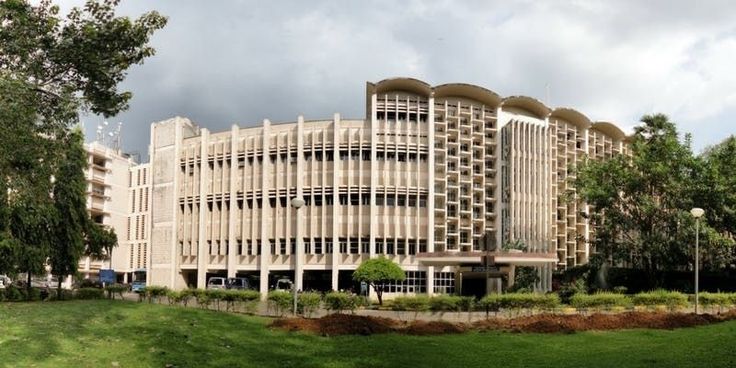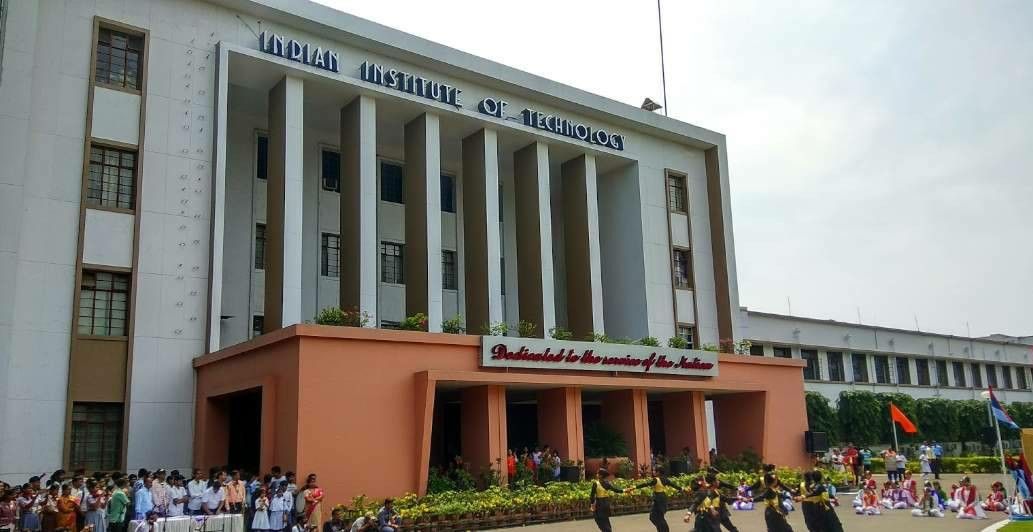India’s ambition to transform itself into a global innovation hub has taken a decisive leap forward with the rapid expansion of its Indian Institutes of Technology (IITs). Renowned for producing engineers, entrepreneurs, and researchers of the highest caliber, the original IITs have long been pillars of India’s technological prowess. However, to meet rising domestic demand, foster regional development, and compete internationally, the government has embarked on a plan to create new IIT campuses and strengthen existing ones. This comprehensive article explores the strategic rationale, implementation roadmap, expected outcomes, challenges, and future prospects of this expansion drive.
A. Historical Context of IITs
India’s IIT legacy began in 1951 with the establishment of the IIT Kharagpur, conceived by Nobel laureate Sir Julius Röentgen’s vision of blending technical education with research. Over the following decades, six more campuses were added at Bombay, Madras, Kanpur, Delhi, Guwahati, and Roorkee. These institutes quickly gained international acclaim for rigorous curricula, eminent faculty, and cutting-edge laboratories.
-
Foundational Goals: Train world-class engineers; catalyze industrial growth.
-
Early Achievements: Patented research in materials, computing; alumni founding global tech firms.
-
Limitations: Geographic concentration in major metros; capacity capped at roughly 16,000 students nationwide.
Despite successes, by the 2000s India’s booming economy outpaced the supply of skilled technologists. With only seven IITs, admissions remained hyper‑competitive acceptance rates hovered below 1%, leaving talented aspirants underserved. Moreover, regional imbalances persisted: eastern and central states lacked direct access to IIT-level resources, impeding local innovation.
B. Drivers Behind Expansion
The push to broaden the IIT network is anchored in multiple national priorities:
-
Demographic Dividend: India’s youth population demands expanded seats to harness human capital.
-
Regional Equity: New campuses in tier‑2 and tier‑3 cities promote decentralized growth.
-
Global Competitiveness: More research-intensive hubs help India climb international university rankings.
-
Skill Gaps: Industries from semiconductors to renewable energy require specialized expertise only advanced institutes can supply.
-
Entrepreneurship Ecosystem: Plentiful incubators and tech parks attached to IITs accelerate start‑up creation.
By integrating these drivers, policymakers intend not merely to increase enrollment but to upgrade India’s entire innovation ecosystem.
C. New Campus Locations
The government’s phased blueprint outlines the creation of 16 additional IITs and 18 university-level schools of engineering. The inaugural batch (established between 2015–2020) includes:
A. IIT Bhilai (Chhattisgarh)
B. IIT Dharwad (Karnataka)
C. IIT Goa
D. IIT Jammu (Jammu & Kashmir)
E. IIT Palakkad (Kerala)
F. IIT Tirupati (Andhra Pradesh)
G. IIT Ropar (Punjab)
H. IIT Bhubaneswar (Odisha)
These locations were chosen for a blend of factors existing talent pools, state support, industrial presence, and connectivity. Subsequent phases are slated for states such as Assam, Rajasthan, Maharashtra, and Bihar, further balancing national coverage.
D. Infrastructure and Funding
Launching an IIT requires careful orchestration of land acquisition, campus design, laboratory setup, and recruitment. Key funding modalities include:
A. Central Government Grants: Cover 90% of capital expenditure; recurring grants for faculty and research.
B. State Government Contributions: Provide land, utilities, and partial matching funds.
C. Industry Partnerships: Corporations co‑fund specialized centers (e.g., semiconductor fabrication, AI labs).
D. Alumni Endowments: Established IIT alumni networks pledge donations for scholarships and infrastructure.
E. International Collaboration: MOUs with foreign universities facilitate joint labs and student exchanges.
Typical campus expenditure ranges from USD 150 million to USD 300 million, depending on size and specialization. Budgets also earmark funds for outreach programs in local schools and community engagement.
E. Academic Programs and Research Focus
To carve distinct identities, new IITs are tailoring programs around regional strengths:
-
IIT Bhilai: Centre for AI in agriculture, targeting crop yield optimization.
-
IIT Dharwad: Advanced mining engineering and sustainable resource extraction.
-
IIT Goa: Marine technology and coastal ecology studies.
-
IIT Jammu: Cold‑climate materials and structural engineering for mountainous terrains.
Furthermore, interdisciplinary centers are proliferating, covering fields like:
A. Renewable Energy Technologies
B. Biotechnology and Healthcare Engineering
C. Robotics and Autonomous Systems
D. Cybersecurity and Data Analytics
E. Urban Infrastructure and Smart Cities
These tailored focuses aim to synergize local industry needs with global research frontiers.
F. Faculty Recruitment and Capacity Building
A bottleneck for rapid expansion is securing world‑class faculty. Measures to attract and retain talent include:
A. Competitive Salaries & Housing Allowances: Comparable to global engineering schools.
B. Sabbatical Opportunities Abroad: Fellowships at MIT, Stanford, Cambridge.
C. Research Grants and Lab Autonomy: Seed funding for high‑risk, high‑reward projects.
D. Visiting Professorship Schemes: Invite eminent researchers for semester‑long courses.
E. Adjunct Industry Fellows: Senior engineers from Google, Tata, Microsoft mentor students.
Additionally, faculty development programs upskill regional college teachers, creating feeder pipelines for research positions.
G. Student Admissions and Diversity
While the Joint Entrance Examination (IIT-JEE) remains the principal gateway, authorities are piloting:
-
Direct Talent Grants: For Olympiad medalists and national science fair winners.
-
Regional Quotas: Ensuring at least 20% of seats for underrepresented states.
-
Women in STEM Scholarships: Covering tuition and stipends for female candidates.
-
International Student Exchange Programs: Reserved slots for ASEAN, African, and Middle Eastern applicants.
These measures seek to strengthen diversity without compromising academic rigor.
H. Industry Linkages and Incubation
Bridging academia‑industry gaps is vital. IIT innovation parks offer:
A. Co‑Working Spaces: Subsidized desks for start‑ups and social enterprises.
B. Proof‑of‑Concept Grants: Micro‑grants to validate prototypes.
C. Mentorship Networks: Panels of entrepreneurs guide commercialization strategies.
D. Technology Transfer Offices: Streamline patent filing and licensing.
E. Annual Tech Summits: Showcase student and faculty ventures to investors.
Collectively, these initiatives catalyze spin‑offs in fintech, agritech, cleantech, and healthtech sectors.
I. Measuring Impact
To assess success, the Ministry of Education tracks:
-
Research Output: Publications in Scopus-indexed journals, citation counts.
-
Patent Filings: Domestic and international patents per annum.
-
Graduate Employability: Placement rates, average starting salaries.
-
Start‑Up Creation: Number and valuation of companies launched by alumni.
-
Regional Development: Rise in local per capita income, tech park occupancy.
Preliminary data from the first batch of new IITs show:
-
A 35% increase in joint industry‑academic publications.
-
Over 120 patents filed within three years of launch.
-
Graduates commanding average salaries 20% above the national engineering benchmark.
J. Challenges and Mitigation Strategies
Despite robust planning, expansion faces headwinds:
A. Infrastructure Delays: Land disputes and bureaucratic red tape slow campus build‑outs.
B. Faculty Shortage: Global competition for top scholars remains fierce.
C. Quality Assurance: Maintaining rigorous academic standards across all campuses.
D. Funding Sustainability: Ensuring consistent budgetary flow amid economic cycles.
E. Cultural Integration: Nurturing cohesive institute cultures in geographically dispersed locations.
Mitigation approaches include fast‑track clearance cells, international faculty networks, centralized curriculum oversight committees, endowment creation drives, and institute‑to‑institute mentoring.
K. Future Outlook
As India gears up for the next decade of digital transformation, the expanded IIT network is poised to:
-
Elevate National Research Profile: Position India among the top five global innovation economies.
-
Empower Rural and Semi‑Urban Youth: Democratize access to premier technical education.
-
Accelerate Sustainable Development: Innovate solutions for climate resilience, clean energy, and smart agriculture.
-
Strengthen Global Collaborations: Forge partnerships with leading universities and multinational corporations.
-
Drive Inclusive Growth: Blend academic excellence with social impact projects.
With over half a dozen new IITs already operational and many more under construction, the vision of an inclusive, innovation‑driven India is rapidly materializing.
Conclusion
India’s decision to expand the IIT ecosystem is a bold affirmation of its commitment to knowledge creation, technological leadership, and equitable growth. By dispersing centers of excellence across diverse regions, empowering faculty and students, and deepening industry linkages, the nation is laying the groundwork for a resilient, self‑sustaining innovation engine. As these institutes mature, their alumni, research breakthroughs, and start‑ups will shape the contours of India’s economic and societal future catalyzing progress that resonates far beyond the campus gates.









